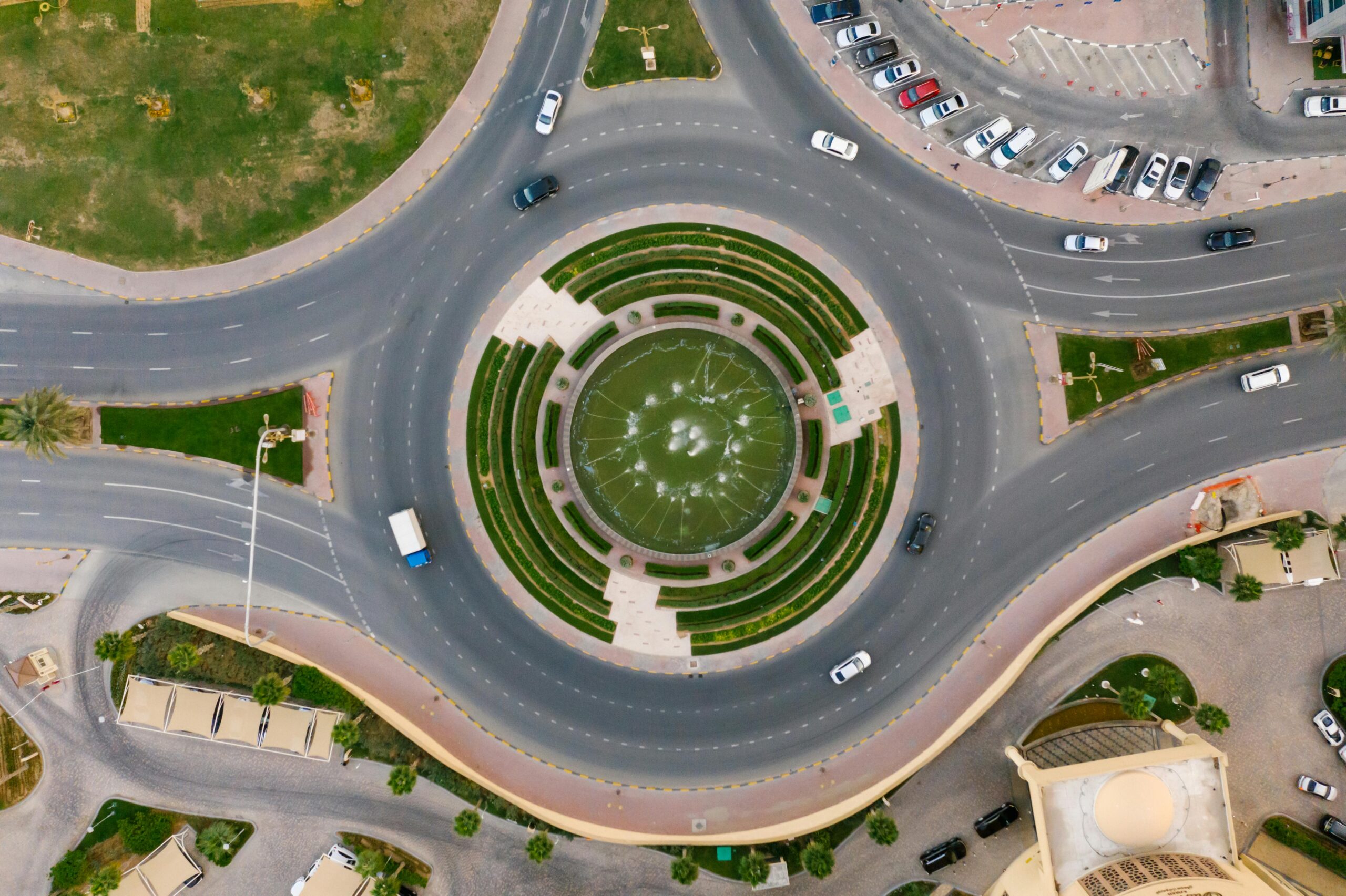The Ohio Department of Transportation (ODOT) announced a $137.5 million investment for roadway safety earlier this month, marking the ninth consecutive year the state has led the nation in per‑capita transportation investment.
This year’s funding focuses on reducing pedestrian deaths. Last year, 125 pedestrians were killed in Ohio and so far this year 50 have died. The program will fund crosswalk and pathway improvements and target the leading cause of fatalities—roadway departure—by widening shoulders and realigning curves.
The awards in this round of funding will support projects that enhance pedestrian and cyclist safety along with projects that improve the safety of dangerous intersections.
Among the projects, ODOT will award over $35.3 million to projects that enhance pedestrian safety, including $3.5 million for a road widening project in Morrow County and $3 million to widen Spring Valley Road in Madison County.
The remaining funding, approximately $102 million, will target intersections throughout the state that are recognized as dangerous. The majority of intersection-driven projects will construct roundabouts at sites, realign turn lanes or design restricted crossing U-turn (RCUT) streets to mitigate hazardous intersections. RCUTs refer to intersections that are designed to eliminate left turns and straight-through traffic to main arterials and roads.
Between 2016 and 2019, Ohio reported roughly $877 million in safety benefits from $326 million in spending, a benefit‑cost ratio of about 2.7. A data‑driven approach guides the allocation of funds toward annual goals of reducing deaths, crashes and serious injuries by 2%.
Recent results show a six-percent drop in traffic fatalities from 2021 to 2022 and a further three-percent decline in 2023. Serious injuries decreased by four percent in 2022 and one percent in 2023. The widespread introduction of roundabouts has cut fatalities and serious injuries at those intersections by up to 82%, according to ODOT data.
ODOT also supports policies to curb distracted driving, enforce move‑over laws in work zones and integrate smart technology into infrastructure. State officials anticipate this systematic and results-oriented strategy signals that substantial investments in roadway safety are a sound use of public funds.
Photo by Mikhail Nilov from Pexels













